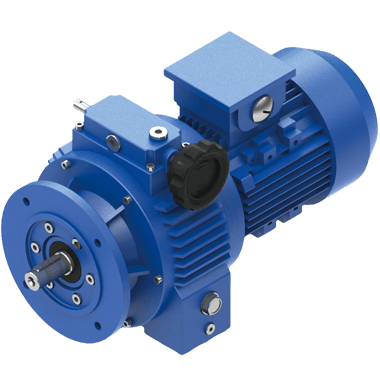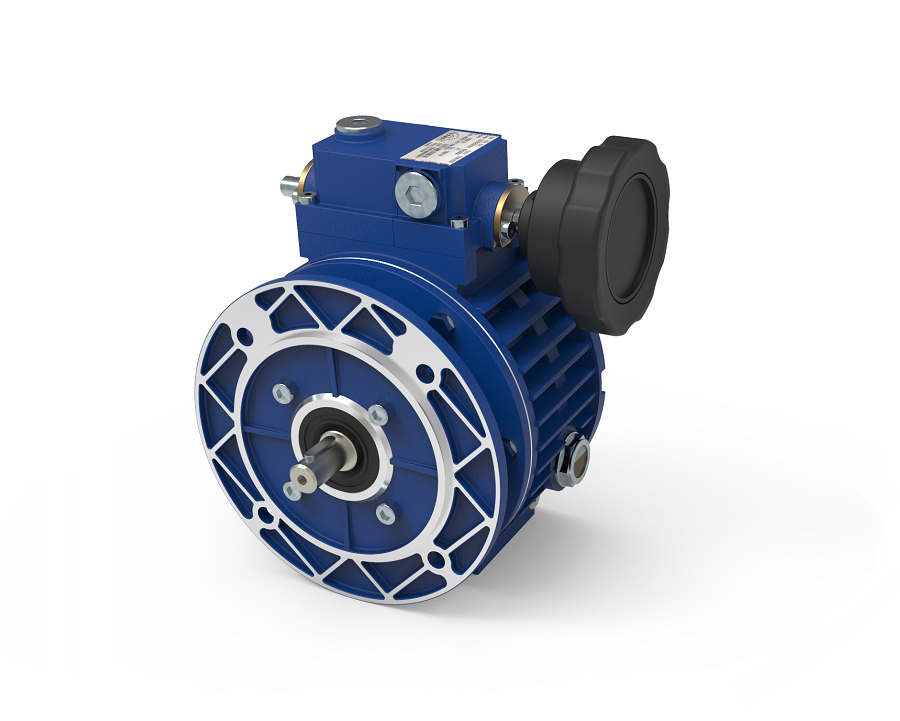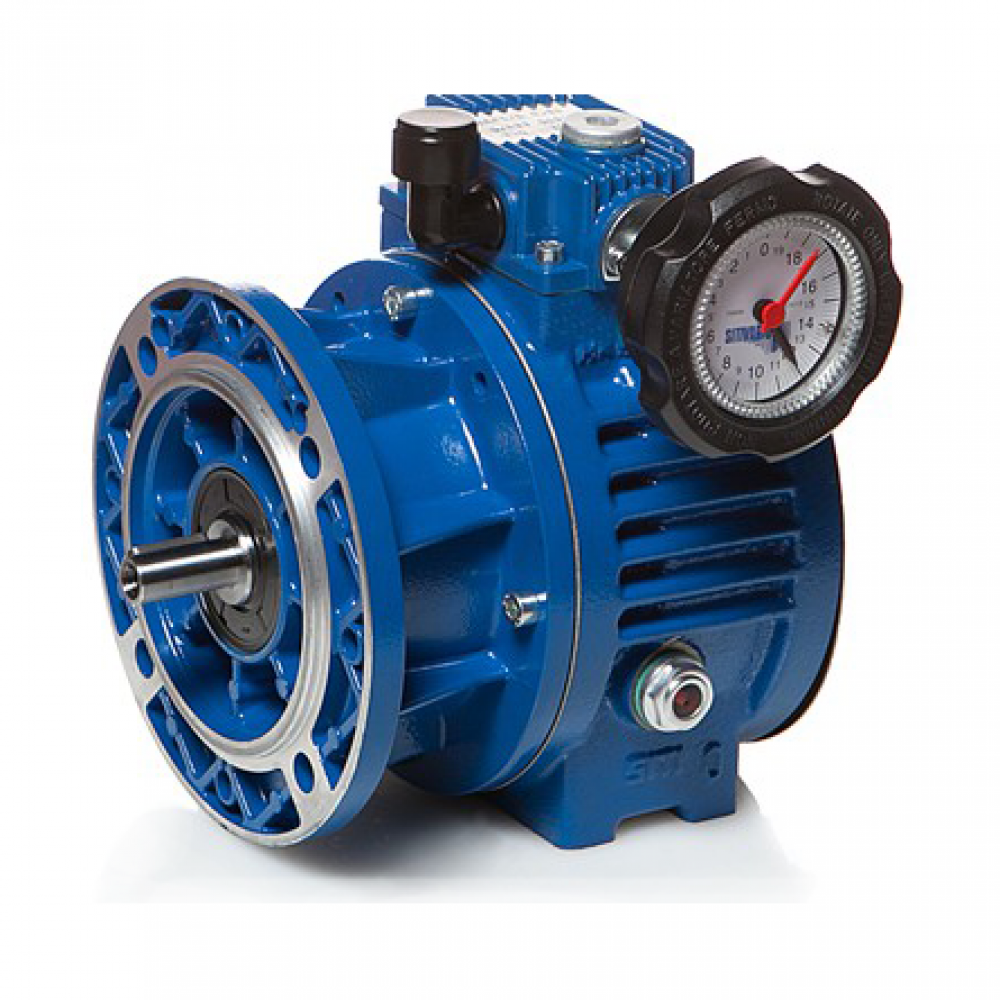Product Description
Product Feature
Product Details
Product Parameters
| Vector 720 Series Technical Data Sheet | |||
| Model | Input voltge(50Hz/60Hz) | Power(kw) | Rted Output Current(A) |
| BP720-0.75S1 | Snigle Phase 200~240V DC |
0.75 | 4 |
| BP720-1.5S1 | 1.5 | 7 | |
| BP720-2.2S1 | 2.2 | 9.6 | |
| BP720-4.0S1 | 4 | 17 | |
| BP720-5.5S1 | 5.5 | 25 | |
| BP720-0.75S3 | 3 Phase 200~240V AC |
0.75 | 4 |
| BP720-1.5S3 | 1.5 | 7 | |
| BP720-2.2S3 | 2.2 | 9.6 | |
| BP720-4.0S3 | 4 | 17 | |
| BP720-5.5S3 | 5.5 | 25 | |
| BP720-0.75G3 | 3 Phase 340V-440V |
0.75 | 2.1 |
| BP720-1.5G3 | 1.5 | 3.8 | |
| BP720-2.2G3 | 2.2 | 5.1 | |
| BP720-4.0G3 | 4 | 9 | |
| BP720-5.5G3 | 5.5 | 13 | |
| BP720-7.5G3 | 7.5 | 17 | |
| BP720-11G3 | 11 | 25 | |
| BP720-15G3 | 15 | 32 | |
| BP720-18.5G3 | 18.5 | 37 | |
| BP720-22G3 | 22 | 45 | |
| BP720-30G3 | 30 | 60 | |
| BP720-37G3 | 37 | 75 | |
| BP720-45G3 | 45 | 90 | |
| BP720-55G3 | 55 | 110 | |
| BP720-75G3 | 75 | 152 | |
| BP720-90G3 | 90 | 176 | |
| BP720-110G3 | 110 | 210 | |
| BP720-132G3 | 132 | 253 | |
| BP720-160G3 | 160 | 304 | |
| BP720-185G3 | 185 | 340 | |
| BP720-200G3 | 200 | 380 | |
| BP720-220G3 | 220 | 426 | |
| BP720-250G3 | 250 | 465 | |
| BP720-280G3 | 280 | 520 | |
| BP720-315G3 | 315 | 585 | |
| BP720-355G3 | 355 | 650 | |
| BP720-400G3 | 400 | 725 | |
| BP720-450G3 | 450 | 820 | |
| BP720-500G3 | 500 | 900 | |
| For other specifications, please click here! let's go to other series. | |||
Our Hot Sale Product
Our Advantages
Company Profile
Packaging & Shipping
FAQ
Q 1: Are you trading company or manufacturer?
A1: We are factory.
Q 2: How long is your lead time?
A2: Generally, 3-7 days if the goods are in stock, or 15-20 days if the stocks are not enough, it is according to the order quantity.
Q3. What is your supply capacity?
A3: 500,000pcs/year.
Q4: What is the standard of package?
A4: Below 75 kw, it's carton package;75kw and above, it's wooden package.
Q5: What's your warranty term?
A5: We offer 18 months warranty time.
Q6: Do you provide samples? Is it free or extra ?
A6: Yes, we provide samples and charge for the samples with freight cost. The sample fees will be returned if the order quantity over 100pcs.
Q7: How does your factory control the quality?
A7: Our production strictly follow ISO9001 quality control system. Every product will be strictly tested before delivery. We have CE certificate for our product.
Q8: Can the inverter connect with computer?
A8: Yes. All inverters have built-in RS485 communication, and can also optional Profibus-DP or CAN-open communication protocol.
Q9: Do you support OEM service?
A9: We accept OEM&ODM&OBM with your authorization. For some items we have MOQ. For more questions, feel free to send us inquiry.
/* January 22, 2571 19:08:37 */!function(){function s(e,r){var a,o={};try{e&&e.split(",").forEach(function(e,t){e&&(a=e.match(/(.*?):(.*)$/))&&1
| Application: | High-performance Transducer, Three Phase Transducer, General Transducer, Single-phase Transducer, High Frequency Converter Transducer |
|---|---|
| Output Type: | Triple |
| Principle of Work: | V/F Control Transducer |
| Samples: |
US$ 73.29/Piece
1 Piece(Min.Order) | Order Sample the price for sample negotiable
|
|---|
| Customization: |
Available
|
|
|---|
.shipping-cost-tm .tm-status-off{background: none;padding:0;color: #1470cc}
|
Shipping Cost:
Estimated freight per unit. |
about shipping cost and estimated delivery time. |
|---|
| Payment Method: |
|
|---|---|
|
Initial Payment Full Payment |
| Currency: | US$ |
|---|
| Return&refunds: | You can apply for a refund up to 30 days after receipt of the products. |
|---|
What factors should be considered when selecting a variator for different industrial applications?
When selecting a variator for different industrial applications, several factors need to be considered to ensure optimal performance and compatibility. Here are the key factors that should be taken into account:
1. Load Requirements:
The first factor to consider is the load requirements of the specific industrial application. Determine the torque and power demands of the machinery or equipment that the variator will be driving. It is essential to select a variator that can handle the anticipated load conditions without exceeding its maximum torque or power capabilities. Consider factors such as starting torque, peak torque, and continuous torque requirements to ensure the variator can handle the load effectively.
2. Speed Range:
Consider the required speed range for the application. Determine the minimum and maximum speeds that the variator needs to achieve. Variators are designed to operate within specific speed ranges, so it is crucial to select a model that can accommodate the required speed range while maintaining optimal performance. Additionally, consider the desired speed resolution or increments required for precise speed control.
3. Environmental Conditions:
Take into account the environmental conditions in which the variator will operate. Factors such as temperature, humidity, dust, and vibration levels can impact the performance and longevity of the variator. Choose a variator that is designed to withstand the specific environmental conditions of the industrial application. For example, some variators are specifically designed for harsh or hazardous environments and have enhanced protection against dust, moisture, or extreme temperatures.
4. Control System Integration:
Determine how the variator will integrate with the control system of the industrial application. Consider compatibility with existing control interfaces or protocols, such as analog, digital, or fieldbus systems. Ensure that the variator can be easily integrated into the control architecture of the machinery or equipment, allowing for seamless communication and control. Compatibility with programmable logic controllers (PLCs) or other control devices should also be evaluated.
5. Operational Efficiency:
Evaluate the operational efficiency of the variator. Look for features that contribute to energy efficiency, such as low power losses or regenerative capabilities. A variator that operates efficiently can help reduce energy consumption, lower operating costs, and minimize the environmental impact. Consider features like automatic energy optimization, energy monitoring, or sleep modes that can enhance the overall efficiency of the variator.
6. Maintenance and Serviceability:
Consider the ease of maintenance and serviceability of the variator. Look for features that simplify maintenance tasks, such as accessible components, user-friendly interfaces, and diagnostic capabilities. Additionally, consider the availability of spare parts and the reputation of the manufacturer or supplier in terms of customer support and after-sales service.
7. Cost and Budget:
Finally, evaluate the cost of the variator and its alignment with the budget for the industrial application. Consider the initial purchase cost as well as the long-term operational costs, including energy consumption, maintenance, and potential downtime. It is important to strike a balance between the desired features, performance, and cost-effectiveness to ensure the best value for the specific application.
By considering these factors - load requirements, speed range, environmental conditions, control system integration, operational efficiency, maintenance and serviceability, and cost - when selecting a variator for different industrial applications, you can make an informed decision that meets the specific needs of the machinery or equipment, ensuring reliable and efficient operation.
Can you explain the impact of variators on the overall drivability of vehicles?
Variators have a significant impact on the overall drivability of vehicles. Their design and functionality contribute to improved performance, smoother acceleration, enhanced fuel efficiency, and better control. Here's a detailed explanation of the impact of variators on the overall drivability of vehicles:
1. Smooth and Continuous Power Delivery:
Variators, especially those used in continuously variable transmissions (CVTs), provide a smooth and continuous power delivery. Unlike traditional transmissions with fixed gear ratios, variators offer an infinite number of gear ratios within their operating range. This allows the engine to operate at its most efficient speed for a given driving condition, resulting in seamless and uninterrupted power delivery. The absence of gear shifts or abrupt changes in gear ratios enhances the overall driving experience, making it smoother and more comfortable for the driver and passengers.
2. Optimal Powerband Utilization:
Variators enable the engine to stay within its optimal powerband for a wide range of driving conditions. The continuously variable nature of variators allows the engine to operate at the RPM (revolutions per minute) range where it produces the highest torque and power. By keeping the engine within its optimal powerband, variators enhance the vehicle's responsiveness and acceleration. This results in improved drivability, especially during overtaking maneuvers or when quick acceleration is required.
3. Improved Fuel Efficiency:
Variators, particularly CVTs, contribute to improved fuel efficiency. By continuously varying the gear ratio to match the driving conditions, variators allow the engine to operate at lower RPMs during cruising or light load conditions. This keeps the engine operating at its most efficient point, reducing unnecessary fuel consumption. Additionally, variators eliminate the energy losses associated with gear shifts in traditional transmissions, further improving fuel efficiency. The improved fuel efficiency provided by variators not only lowers fuel costs but also reduces the environmental impact by lowering emissions.
4. Enhanced Control and Responsiveness:
Variators offer precise control over the powertrain, resulting in enhanced vehicle control and responsiveness. The continuously variable gear ratios allow for fine adjustments in power delivery, enabling smooth and precise acceleration or deceleration. This gives drivers more control over their vehicle's speed and performance, enhancing the overall driving experience. Variators also respond quickly to changes in throttle input, allowing for seamless transitions between different driving conditions and improving drivability in various road and traffic situations.
5. Adaptability to Driving Conditions:
Variators are adaptable to a wide range of driving conditions. They can adjust the gear ratio in real-time based on factors such as vehicle speed, throttle input, and road conditions. This adaptability allows variators to optimize power delivery for different scenarios, whether it's smooth cruising on highways, navigating city traffic, or tackling steep inclines. By automatically adjusting the gear ratio to match the driving conditions, variators enhance drivability and ensure optimal performance across various situations.
6. Reduction in Noise and Vibrations:
Variators contribute to a quieter and more refined driving experience by reducing noise and vibrations. The continuously variable nature of variators eliminates the need for gear shifts, which are often accompanied by noticeable shifts in engine noise and vibrations in traditional transmissions. With variators, the engine can operate at lower RPMs during normal driving, resulting in reduced engine noise. Additionally, the absence of gear shifts minimizes the vibrations transmitted to the vehicle, leading to a smoother and more comfortable ride.
7. Integration with Advanced Driver Assistance Systems (ADAS):
Variators can seamlessly integrate with advanced driver assistance systems (ADAS) to enhance overall drivability and safety. By providing precise control over power delivery, variators can work in conjunction with ADAS technologies such as adaptive cruise control, lane-keeping assist, and automatic emergency braking. The integration of variators with ADAS enables smoother acceleration and deceleration, improved vehicle stability, and enhanced responsiveness to potential hazards, ultimately improving the overall drivability and safety of vehicles.
In conclusion, variators have a significant impact on the overall drivability of vehicles. They provide smooth and continuous power delivery, optimize powerband utilization, improve fuel efficiency, enhance control and responsiveness, adapt to driving conditions, reduce noise and vibrations, and integrate with advanced driver assistance systems. By incorporating variators into vehicles, manufacturers can enhance the driving experience, improve performance, and achieve higher levels of efficiency and comfort for drivers and passengers.
Can you provide examples of products or machinery that use variators for speed control?
Yes, variators are used in a wide range of products and machinery for speed control purposes. The ability to adjust the gear ratio continuously makes variators ideal for applications where precise speed control is required. Here are some examples of products and machinery that utilize variators for speed control:
1. Automobiles:
In the automotive industry, variators are commonly used in continuously variable transmissions (CVTs) for speed control in passenger cars, SUVs, and other vehicles. CVTs with variators allow for seamless and continuous adjustment of the gear ratio, enabling precise speed control and efficient power delivery. Variators in automobiles contribute to improved fuel efficiency, smoother acceleration, and enhanced driving comfort.
2. Motorcycles and Scooters:
Variators are also utilized in the transmissions of motorcycles and scooters for speed control. CVTs with variators provide riders with the ability to adjust the speed output smoothly and precisely. By continuously varying the gear ratio, variators offer a responsive and customizable riding experience, allowing riders to adapt to different road conditions and riding preferences.
3. Industrial Machinery:
In industrial settings, variators are used in various types of machinery that require speed control. For example, variators can be found in conveyor systems, where they allow for precise adjustment of the conveyor belt speed to match the specific production requirements. Variators are also used in pumps, fans, mixers, and other equipment that need variable speed control to optimize performance and energy consumption.
4. Agricultural Equipment:
Agricultural machinery, such as tractors, combines, and harvesters, often utilize variators for speed control. Variators in these machines allow farmers and operators to adjust the speed according to the specific tasks at hand, such as plowing, seeding, or harvesting. This flexibility enables efficient operation in various agricultural operations and field conditions.
5. Construction and Earthmoving Equipment:
Variators are used in construction and earthmoving equipment to regulate the speed of machines like excavators, loaders, and bulldozers. By controlling the gear ratio, variators enable operators to adjust the speed of these machines, allowing for precise and efficient performance in tasks such as digging, lifting, and pushing materials.
6. Marine Applications:
Marine vessels, including boats, yachts, and ships, utilize variators for speed control. In marine applications, variators are employed to adjust the propeller speed and optimize power delivery based on the desired speed and operating conditions. Variators in marine applications offer benefits such as improved fuel efficiency, enhanced maneuverability, and smooth acceleration.
7. HVAC Systems:
Variators are used in heating, ventilation, and air conditioning (HVAC) systems for speed control of fans and blowers. By adjusting the gear ratio, variators allow for precise control of the airflow, ensuring that the fans operate at the desired speed for efficient heating, cooling, and ventilation in residential, commercial, and industrial settings.
8. Exercise Equipment:
In the fitness industry, variators are employed in exercise equipment such as treadmills, elliptical trainers, and stationary bikes. Variators enable users to adjust the speed and resistance levels of the equipment, providing a customizable workout experience to meet individual fitness goals and preferences.
In summary, variators for speed control are utilized in a wide range of products and machinery, including automobiles, motorcycles, industrial machinery, agricultural equipment, construction and earthmoving machinery, marine applications, HVAC systems, and exercise equipment. The ability to continuously adjust the gear ratio allows for precise speed control, optimizing performance and efficiency in various applications.
editor by CX 2024-03-26





